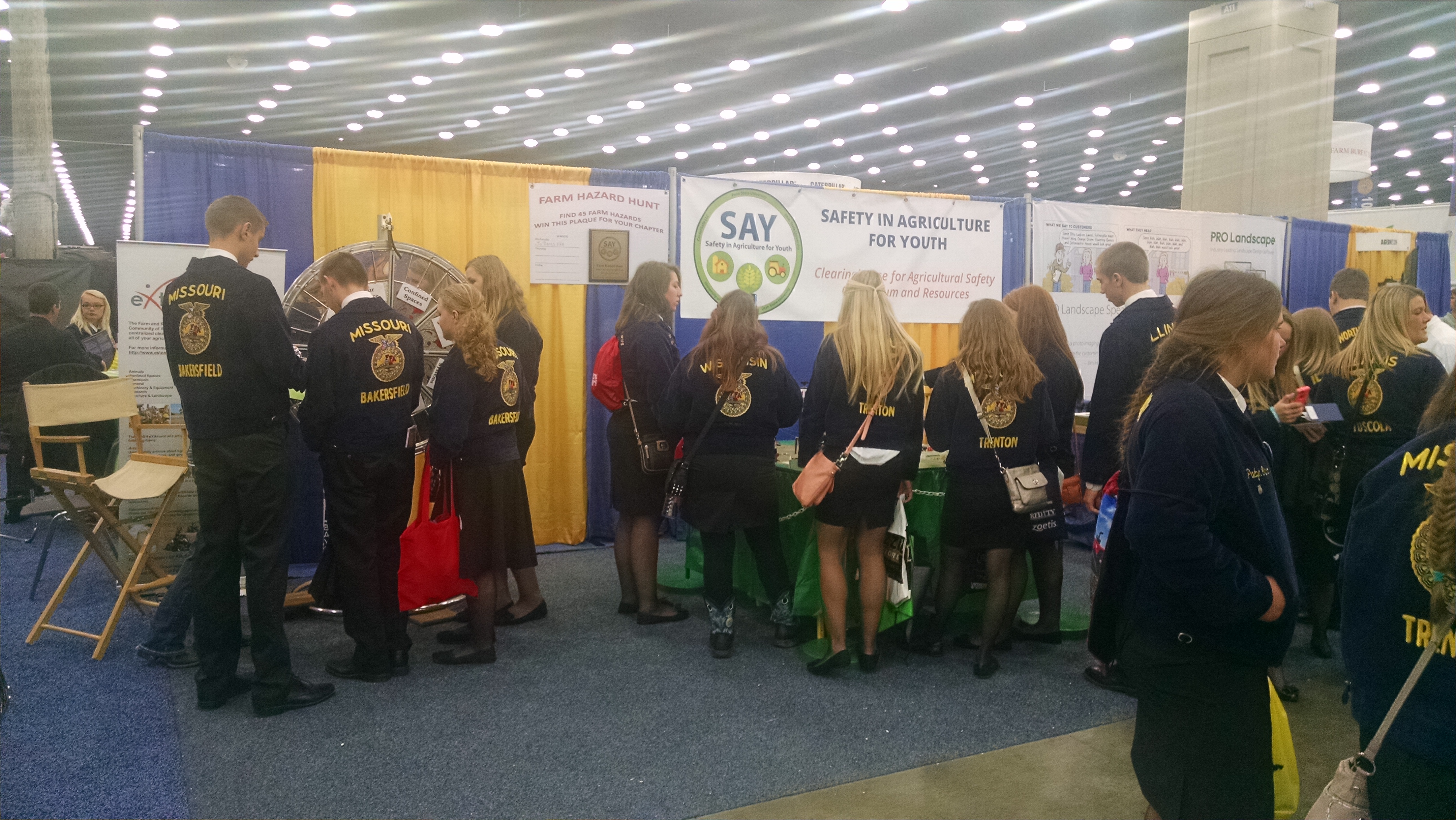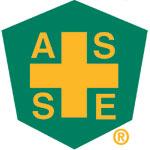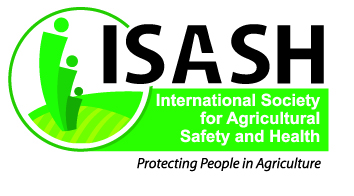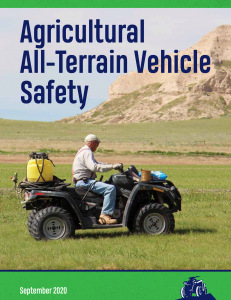The National Institute for Occupational Safety and Health (NIOSH), which is part of the Centers for Disease Control and Prevention (CDC), provides national leadership in the prevention of workplace illnesses and injuries. This organization focuses on industries and occupations, hazards, exposures, diseases, injuries, chemicals, safety, prevention, and emergency preparedness and response.
The Agricultural Safety and Health Centers (Ag Centers) are the primary means by which NIOSH promotes agricultural safety and health for owners, managers, and workers. Established in 1990, the Ag Centers are responsible for conducting research activities, educational programs, and prevention projects that address priority areas in agricultural safety and health. Click here to learn more about the objectives for the Ag Centers.
The 10 Ag Centers are located in various regions across the United States. They have similar objectives based on NIOSH protocols, but each Ag Center also focuses on specialty projects relative to their emphasis and/or geographical area. Contact the Ag Centers in your area to learn about their pilot grant programs and additional ways that you can partner with their organization. Listed below are the 10 Ag Centers with a brief description of their territory and primary areas of interest. Click on the Ag Center to be directed to its website.
Location: University of Nebraska Medical Center – Provides services in a seven-state region.
Primary focus: Reduction of injuries and illnesses in the agricultural community with specialized focus on agricultural injury surveillance, allergic and nonallergic asthma, hearing loss, sleep deprivation, education needs of diverse agricultural populations, promotion of AgriSafe and Certified Safe Farm programs for farmers and ranchers, and information dissemination through the National Ag Safety Database, electronic communication, and participation in agricultural meetings and events.
Location: University of Iowa – Provides services and programs throughout the Midwest.
Primary focus: Roadway crashes involving farm equipment, musculoskeletal disorders among agricultural workers, gas and dust exposure, epidemiological studies, and education and training to prevent occupational injury and illness among agricultural workers and their families. Special emphasis is placed on risk factor research, intervention, outreach, education, and translation activities.
Location: Colorado State University – Provides services and programs throughout Montana, North Dakota, Utah, and Wyoming.
Primary focus: Organic dust aerosols, respiratory disease, pesticides, engineering of tractor rollover protective structures (ROPS), and health needs of dairy farm workers.
Location: National Farm Medicine Center, Wisconsin – National resource in the area of children and youth safety.
Primary focus: Safety and prevention programming for children living, working, and visiting in agricultural or rural areas. Special projects include safe agricultural work guidelines for hired and family youth, creating safe play areas on farms, model rural child care programs, safety guidelines for agritourism operators, media guidelines, and the Childhood Agricultural Safety Network.
Location: Bassett Healthcare, New York – Provides services and programs throughout the New England and Mid-Atlantic regions.
Primary focus: Promotes agricultural safety and health research, education, and prevention activities with special projects focusing on social marketing of rollover protection, tractor retrofitting initiatives, confined space manure storage entry, musculoskeletal disorders, farm worker health, and injury surveillance.
Location: University of Washington – Provides services and programs throughout Alaska, Idaho, Oregon, and Washington.
Primary focus: Injury and illness prevention especially for hired laborers, migrant/seasonal workers, and children with a specialized focus on projects that emphasize pesticide exposure, cholinesterase, heat-related illnesses, injuries associated with new and emerging technologies, and ergonomics in the tree fruit industry.
Location: University of Kentucky – Provides services and programs throughout Alabama, Florida, Georgia, Mississippi, North Carolina, Tennessee, South Carolina, Virginia, and West Virginia.
Primary focus: Special populations, cost analysis of tractor and other types of farm-related injuries, and educational opportunities for public health professionals related to agricultural safety and health. Special projects focus on aquaculture safety, injury prevention programs, surveillance of poisonings, and agricultural education programs for nurses.
Location: University of Florida
Primary focus: Unique occupational safety and health challenges for persons working in agriculture, fishing, and forestry in the southern and coastal states of Florida, Georgia, Alabama, Mississippi, and North and South Carolina.
Location: University of Texas Health Science Center – Provides services throughout Arkansas, Louisiana, New Mexico, and Oklahoma.
Primary focus: Improving the safety and health of agricultural, forestry, and fishing workers through projects that build and leverage strategic partners. Special projects currently focus on poultry dust exposure, respirator use among poultry workers, neuromotor function and work injuries among Hispanic adolescents, social marketing with the Vietnamese shrimper community, and safety and assistive technology education for farmers and ranchers.
Location: University of California, Davis
Primary focus: Western agricultural health and safety issues including health among migrant and seasonal farm workers with an emphasis on ergonomics of labor-intensive crop work. Special projects focus on respiratory hazards, heat-related illnesses, ergonomics, pesticides, health for women and children, and dairy safety training.
Location: University of Minnesota.
Primary focus: Occupational hazards in pork production, zoonotic diseases in agricultural workers, and surveillance of disease and injury in the dairy industry.
Reviewed and Summarized by:
Linda M. Fetzer, Pennsylvania State University – lmf8@psu.edu










